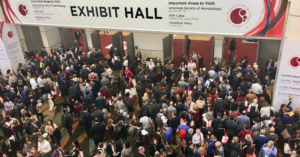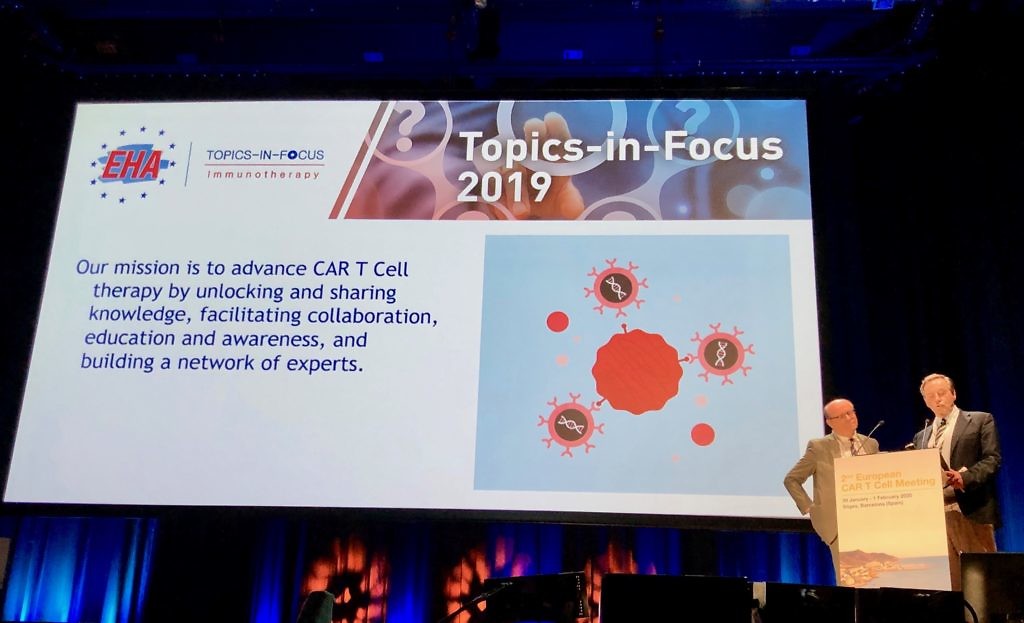How bispecifics will make an impact in myeloma
With all the time and attention surrounding the BCMA-based products in multiple myeloma, including ADCs and CAR-T cell therapies, it’s easy to forget there are other approaches coming down the pike.

Building new mosaics and novel regimens in myeloma is coming
Beyond the hullabaloo there are various bispecific antibodies and T cell engagers in early stage development – not only is the modality different, but the targets might differ too.
How are all of these novel approaches doing in the clinic and how might they all fit together in future regimens? The myeloma world as we know it of proteasome inhibitors and IMiDs may not yet be a thing of the past, but the landscape is certainly changing.
In our third installment of the myeloma mini-series, we tackle these issues and look at near and medium term strategic directions, which can be considered and how these might impact different combination approaches and lines of therapy in order to further improve outcomes in this disease.
To learn more from our oncology analysis and get a heads up on the latest insights and analysis pertaining to the multiple myeloma landscape, subscribers can log-in or you can click to gain access to BSB Premium Content.
This content is restricted to subscribers


 In the second part of our cell therapy series this week, we take on three quite different issues.
In the second part of our cell therapy series this week, we take on three quite different issues.




 Can this knowledge be used effectively in the design of anti-cancer therapeutics?
Can this knowledge be used effectively in the design of anti-cancer therapeutics?